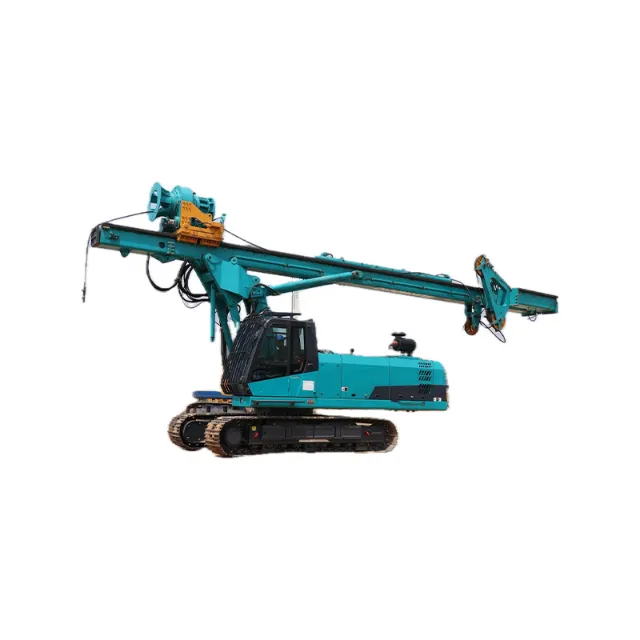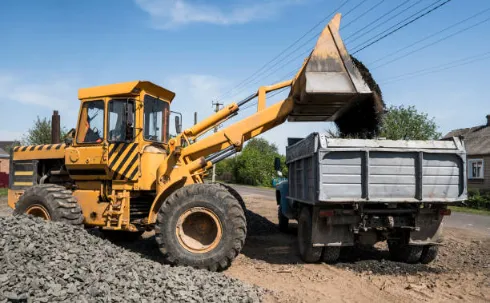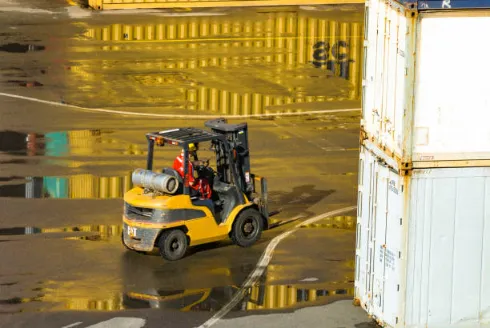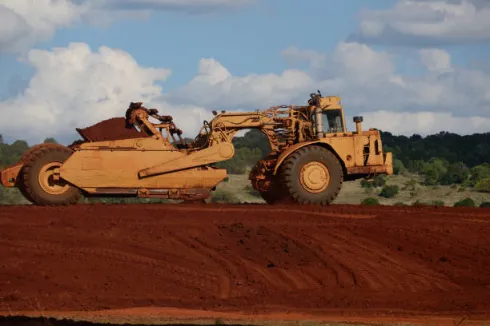
Introduction
Mining isn’t just about big machines hammering into rock. It’s about keeping those machines running, day after day, under brutal stress. One of the most overlooked heroes in this story is the hydraulic cylinder for mining. Whether on a Dobby rock drill truck or a massive loader, cylinders are the muscles that push, lift, and stabilize equipment in punishing conditions.
But here’s the catch: mining cylinders are constantly exposed to shock loads—sudden impacts, vibrations, and side forces. Without the right design, these shocks shorten cylinder lifespan, causing costly downtime. This blog digs into why shock resistance matters, how cushioning technology extends service life, and what makes modern mining cylinders stand out.
The Role of Hydraulic Cylinders in Mining
Mining sites are mechanical ecosystems. From drilling and hauling to crushing and roof support, hydraulic cylinders handle:
Rock drilling: generating linear force to push drill bits deep into rock strata.
Hauling and dumping: lifting heavy buckets filled with ore.
Roof bolting & ground support: stabilizing underground operations.
Material handling: precise control of conveyors and crushers.
A quick snapshot:
| Application | Cylinder Function | Stress Factors |
|---|---|---|
| Rock drill trucks | Pushing and absorbing drilling impact | High-frequency vibration, repeated shock |
| Loaders & haulers | Lifting, tilting buckets | Overload, side load, dust |
| Roof supports | Holding massive rock pressure | Static load, creep, corrosion |
| Crushers | Adjusting jaws & force | Constant impact, heat buildup |
It’s clear: cylinders don’t just move—they survive.
Why Shock Loads Are So Damaging
Anyone who’s stood near a drill truck knows the sound: bang, bang, bang, like a sledgehammer on steel. Each impact runs straight into the hydraulic cylinder rod and seals. Over time, this leads to:
Seal wear → internal leaks, reduced force.
Rod bending → misalignment, premature failure.
Surface fatigue → micro-cracks that spread under vibration.
A mining engineer once described it like this: “Cylinders in drilling rigs live the equivalent of a car driving nonstop on potholes for ten years.” Not exactly an easy ride.
Cushioning Technology: How It Works
Here’s where cushioning design makes the difference. Instead of letting the piston slam into the cylinder end cap, special channels and buffer zones slow it down gradually.
Key Features of Cushioning in Mining Cylinders
Internal cushion sleeves absorb piston energy at stroke ends.
Oil throttling ensures pressure builds smoothly instead of spiking.
Adjustable cushion valves fine-tune deceleration depending on load.
Think of it like shock absorbers on a truck—without them, every bump would rattle the frame apart. With them, the ride is smoother, and the machine lasts longer.
Materials and Seals: The Unsung Protectors
Of course, shock resistance isn’t only about cushioning. Materials matter.
45 hardened steel rods resist wear from dust and rock debris.
Imported seals withstand extreme pressures without leaking.
Forged end connections prevent cracking under vibration.
Mining temperatures often swing from –25 °C nights to +120 °C near hot drilling zones. At those extremes, poor seals turn brittle or swell. That’s why robust sealing systems and proper steel selection are critical.

Signs Your Mining Cylinder is Suffering
Ignoring cylinder wear is expensive. A single failed cylinder on a drill truck can idle an entire shift. Watch out for these early warning signs:
Knocking noises → possible cavitation or air in the system.
Jittery movement → worn seals or contaminated fluid.
Overheating → excessive friction or wrong hydraulic oil.
Slow operation → leakage or reduced flow.
A site supervisor once joked: “If your bucket is moving like it’s had too much coffee, don’t blame the operator—check the cylinder.”
Maintenance Practices to Extend Cylinder Life
No cylinder lasts forever, but smart care adds years.
Regular Checks
Inspect rods for scoring or bending.
Look for leaks around end caps.
Measure cylinder drift during rest periods.
Fluid Management
Keep hydraulic oil clean—dusty mines contaminate fluid fast.
Replace oil on schedule; dirty fluid accelerates wear.
Alignment & Mounting
Misalignment increases side loading and chatter.
Proper mounting reduces vibration transmission.
Temperature Control
Use fluids rated for extreme cold/hot.
Consider cooling systems for high-heat operations.
Real-World Example: Cylinders on Dobby Rock Drill Trucks
Shining Hydraulic manufactures mining-grade cylinders designed specifically for Dobby rock drill trucks. These units feature:
Shock-absorbing cushions at both stroke ends.
Heavy-duty seals to resist dust and slurry.
Forged connections for structural stability.
Operating range: –25 °C to +120 °C.
In field use, operators reported fewer unscheduled breakdowns and smoother drilling motion compared to standard cylinders. That’s not just good engineering—it’s cost saved.
Why Choose Shining Hydraulic for Mining Cylinders
Before we wrap up, a word about the people behind the cylinders.
Yantai Shining Hydraulic Technology CO.,LTD is a dedicated designer and manufacturer of hydraulic cylinders. The company combines advanced machining, precision forging, and rigorous testing to deliver products that withstand the harshest mining conditions. From custom drill truck cylinders to heavy hauling systems, their cylinders are built for real-world toughness. (Tip: their Customization Service is handy if your project requires non-standard sizes or special coatings.)
Conclusion
Mining is hard on machines, and even harder on hydraulic cylinders. Shock loads, vibration, and extreme temperatures all conspire to wear components down. Yet with cushioning design, durable materials, and smart maintenance, cylinders can survive longer, perform better, and save operators both time and money.
For miners, fewer breakdowns mean more ore moved and more predictable schedules. For equipment owners, it’s about protecting investment. In the end, a well-built hydraulic cylinder for mining isn’t just a part—it’s the backbone of productivity.
FAQs
Q1: What makes a hydraulic cylinder for mining different from standard cylinders?
Mining cylinders are built heavier, with shock-resistant cushions, stronger steel rods, and high-grade seals. They’re designed for constant vibration and high-impact loads.
Q2: How often should mining hydraulic cylinders be inspected?
Ideally every 250–500 operating hours. Dust, heat, and heavy shock loads accelerate wear, so early checks prevent unexpected downtime.
Q3: Can hydraulic cylinders operate in freezing conditions?
Yes. Cylinders built for mining, like those rated –25 °C to +120 °C, function in extreme cold and heat. Correct fluid selection is equally important.
Q4: What’s the benefit of cushioning in mining hydraulic cylinders?
Cushioning absorbs piston energy at stroke ends, reducing metal-to-metal impact. This lowers seal wear, prevents rod bending, and extends lifespan.
Q5: Does customization matter for mining cylinders?
Absolutely. Many mining machines require non-standard stroke lengths, special coatings, or unique mounting. That’s why services like the Yantai Shining Hydraulic Technology CO.,LTD Customization Service exist—to tailor solutions to actual site needs.




